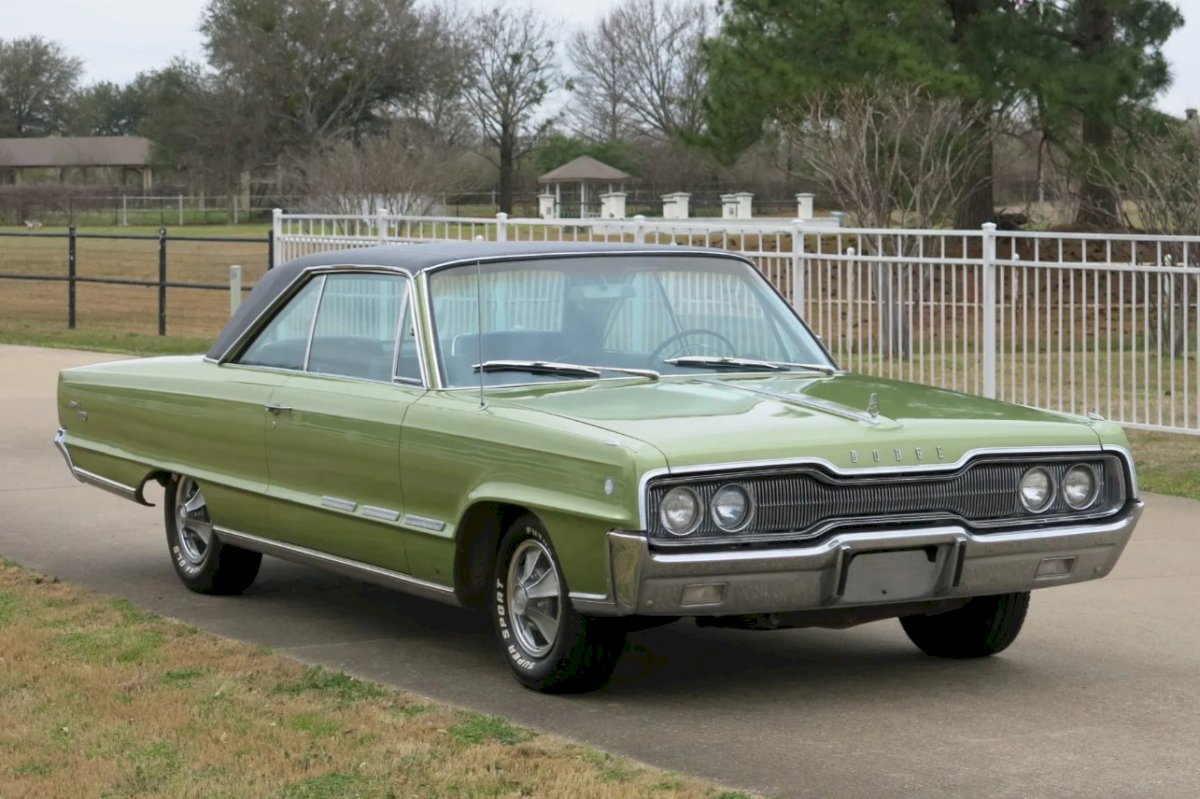In the annals of automotive history, the 1964 Studebaker Avanti R3 stands as a testament to the innovative spirit and design prowess of a bygone era. Produced by the American automaker Studebaker, the Avanti R3 was not just a car; it was a bold statement, pushing the boundaries of automotive design and performance in the early 1960s.

The Avanti, which means "forward" in Italian, was introduced as an attempt to revitalize Studebaker's image and attract a younger, more affluent demographic. The R3 designation, however, took things a step further, signifying a high-performance variant that would leave an indelible mark on automotive enthusiasts.

Under the hood of the Avanti R3 lurked a powerhouse of an engine – the Paxton-supercharged 289 cubic-inch V8. This powerplant was not for the faint of heart, boasting an impressive 335 horsepower. The addition of the supercharger, a relatively uncommon feature at the time, gave the Avanti R3 an unmistakable edge in terms of performance. Mated to a four-speed manual transmission, driving the Avanti R3 was an exhilarating experience that could rival even the most formidable competitors of its time.

The exterior design of the 1964 Studebaker Avanti R3 was a departure from the traditional styling cues prevalent in the automotive industry. Penned by the renowned industrial designer Raymond Loewy and his team, the Avanti featured a sleek and aerodynamic profile that set it apart from its contemporaries. The flush-mounted pop-up headlights, a distinctive front grille, and a sharply raked windshield contributed to the car's futuristic and avant-garde appearance. The use of fiberglass for the body not only reduced weight but also enhanced the car's overall agility and performance.

Inside the Avanti R3, the driver and passengers were treated to a blend of luxury and comfort. The interior featured bucket seats, a center console, and a dashboard adorned with a set of gauges providing essential information to the driver. The attention to detail and the quality of materials used in the interior underscored Studebaker's commitment to creating a premium driving experience.
One of the remarkable features of the Avanti R3 was its handling, thanks to a performance-oriented suspension system that included heavy-duty springs and shock absorbers. This, combined with a relatively low center of gravity, made the car agile and responsive, delivering a driving experience that left an indelible mark on those lucky enough to sit behind the wheel.

Despite its undeniable charisma and performance, the 1964 Studebaker Avanti R3 faced challenges in the market. Studebaker's financial troubles and the changing landscape of the automotive industry meant that the Avanti R3 had a limited production run. Nevertheless, its scarcity today only adds to its allure among collectors and enthusiasts.
In retrospect, the Avanti R3 was a bold and audacious move by Studebaker, a company that sought to redefine itself in an era of stiff competition. Although the Avanti R3 may not have achieved commercial success in its time, it remains an icon of automotive design and a testament to the creative spirit that drives innovation in the world of cars. The 1964 Studebaker Avanti R3 stands as a classic example of how a single car can transcend its era, leaving an enduring legacy that continues to captivate automotive enthusiasts and collectors alike.



